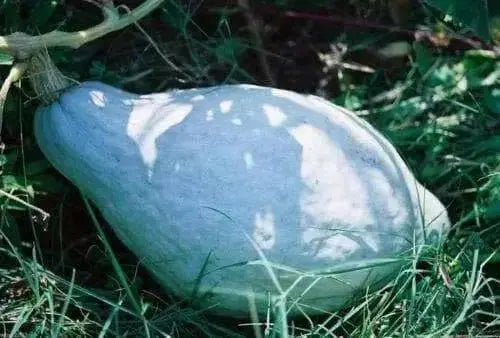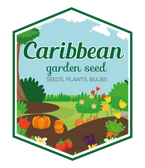
Blue Hubbard SEEDS - HEIRLOOM Winter Squash
FAST & FREE SHIPPING
Over 90% of our orders are processed and ship out by next business day.
We are currently processing and shipping most orders within 1-3 business days. (backorders not included) Due to high demand during the peak months of January to May, orders may require additional time for packaging /shipment.
Free shipping for orders over $54.95. Excludes live plants, fresh products And Stackable Black Plastic Nursery Crate
Shipping and handling charges will cover outbound freight and packaging materials. Fees are applicable to all orders, based on total order value pre-tax. Expedited services can be selected at Checkout with extra fees.
- Free shipping to lower 48 states on orders $54.95+
- (Most Items), excluding live plants, plant bulbs, and black plastic nursery crate.
- Safe Seed Pledge
- Satisfaction Guaranteed
- Select your desired size and/or color from the available options.
Due to increased packing volume, expect a delay in order shipment.
Tolerates hot weather conditions . Can Start Indoor 4 wk before the last frost , It should be planted early in the spring as soon as the danger of frost is past.
full sun, rich warm soil with good drainage, water regularly. Can also Sow the seed directly and it will germinate within 2 weeks.
Plant spacing the rows should be spaced 6-9 feet apart, and the plants spaced 4 feet apart, in the row. Planting season is late spring and summer.
Maturity info
Approximately 80 days
Nutrition info
High in dietary fiber and rich in Vitamin A & C
Cooking info
It is eaten many different ways, such as in stews, cakes, and candies. Some recipes that call for pumpkin allow calabaza to be used in its place. The taste is smooth and somewhat sweet. The flower, is used as an ingredient in quesadillas in Mexican cuisine, and in pupusas in Salvadorian cuisine.
Medical uses
Tea from the leaves of calabaza is used against stomach inflammation and jaundice.
The seeds of Cucurbita species are also used; to immobilize and aid in expulsion of intestinal worms and parasites.
Another application is using the seeds in the treatment of prostate gland disorders.
The Cherokee Amerindians and those from Surinam used pumpkin seed as an anthelmintic and also as a pediatric urinary aid to treat bed-wetting.
Help to prevent common type of kidney stones
Select your desired size and color from the available option
HOW TO GROW GUIDE
LET OUR CUSTOMER SPEAK FOR US

![[Seeds] - Caribbeangardenseed](http://caribbeangardenseed.com/cdn/shop/files/gift-card-gift-card-1_1024x1024_dfa857db-9150-4315-a362-7f0bb3fb9c47_60x28.png?v=1722895789)








